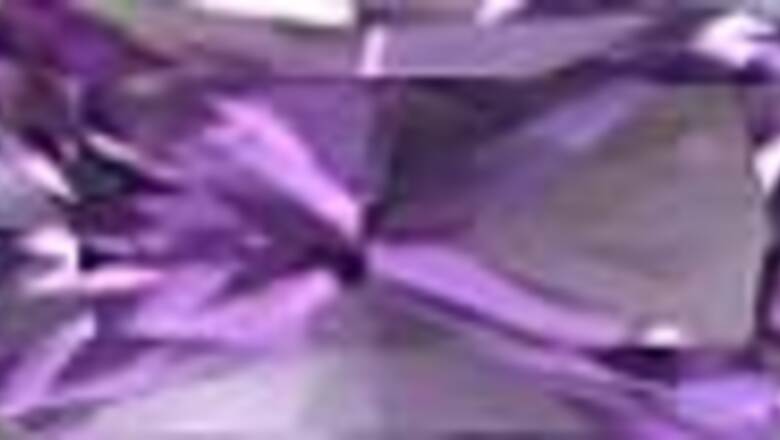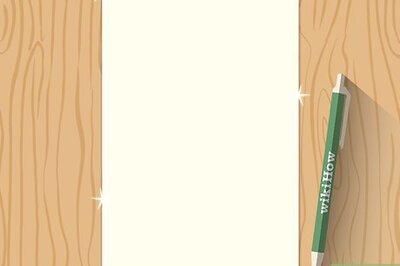
views
London The Delhi Purple Sapphire, a gem that is believed by many to be "cursed", will go on public display at the vault in the Natural History Museum in London, on Wednesday.
A spokesman of the museum said today that the Sapphire was brought to the UK by a Bengal cavalryman, Colonel W Ferris, after being looted from the Temple of Indra in Kanpur during the war of 1857.
The soldier thereafter lost money and health, and his son who inherited whatever was left subsequently lost it, too.
A family friend who possessed it for a short time committed suicide.
Edward Heron-Allen, a scientist and friend of wit and playwright Oscar Wilde, was the last owner of gem.
He was given the stone in 1890 and was immediately beset by misfortunes. He twice gave the stone to friends who had asked for it; one "was thereupon overwhelmed by every possible disaster", and the other, a singer, found "her voice was dead and gone and she has never sung since."
Heron-Allen even claimed to have thrown the gem into Regent's Canal only for it to be returned to him three months later by a dealer who had bought it from a dredger.
By 1904, Heron-Allen had had enough.
Declaring, "I feel that it is exerting a baleful influence over my newborn daughter", he had it shipped to his bankers with instructions that it be locked away till after his death.
At the risk of sounding far-fetched, even scientists are not immune to the power of the story of the Delhi Purple Sapphire.
Seven years ago, John Whittaker, former head of micropalaeontology at the Natural History Museum, took the amethyst to the first annual symposium of the Heron-Allen Society, an organisation founded to discuss the man's life.
On the way home, "the sky turned black and we were overtaken by the most horrific thunderstorm I've ever experienced," Whittaker said.
It was so bad "we considered abandoning the car and my wife was shouting, 'Why did you bring that damned thing?'"
Whittaker was taken violently ill with a stomach bug the night before the second symposium of the society and he missed the third when he developed a kidney stone.
The fourth symposium in 2004, was held at the museum. "We were all a bit apprehensive on the eve of the meeting," he said.
Heron-Allen was one of the most multi-faceted individuals ever associated with the Natural History Museum. He trained as a solicitor while simultaneously learning the art of violin-making -- his book on the history of the instrument, published in 1884, is still in print. He studied Persian and wrote a popular prose translation of The Rubaiyat of Omar Khayyam.
But it was as a scientist that he forged the strong bond with the Natural History museum that would ultimately see the "cursed" amethyst wind up in South Kensington.



















Comments
0 comment